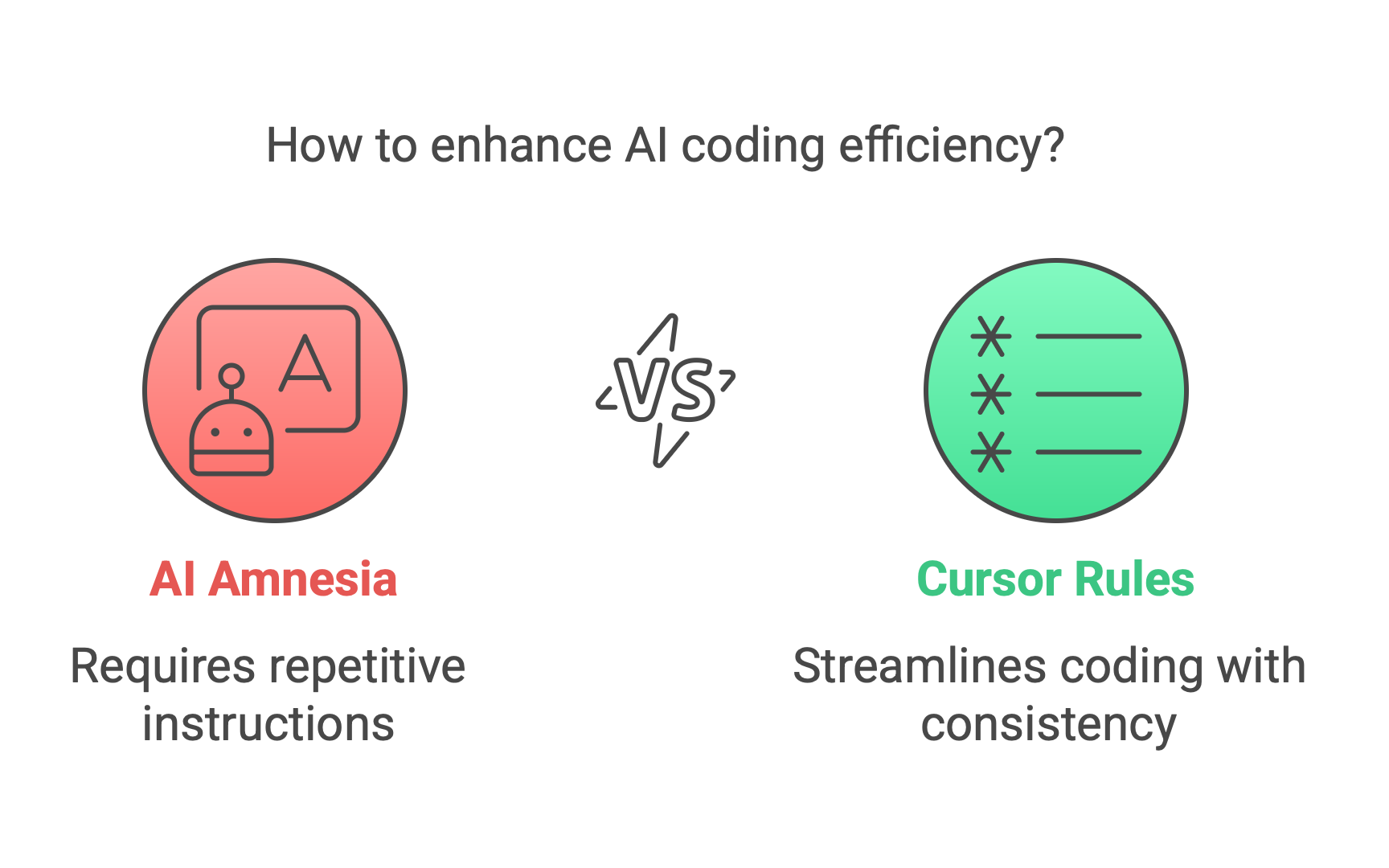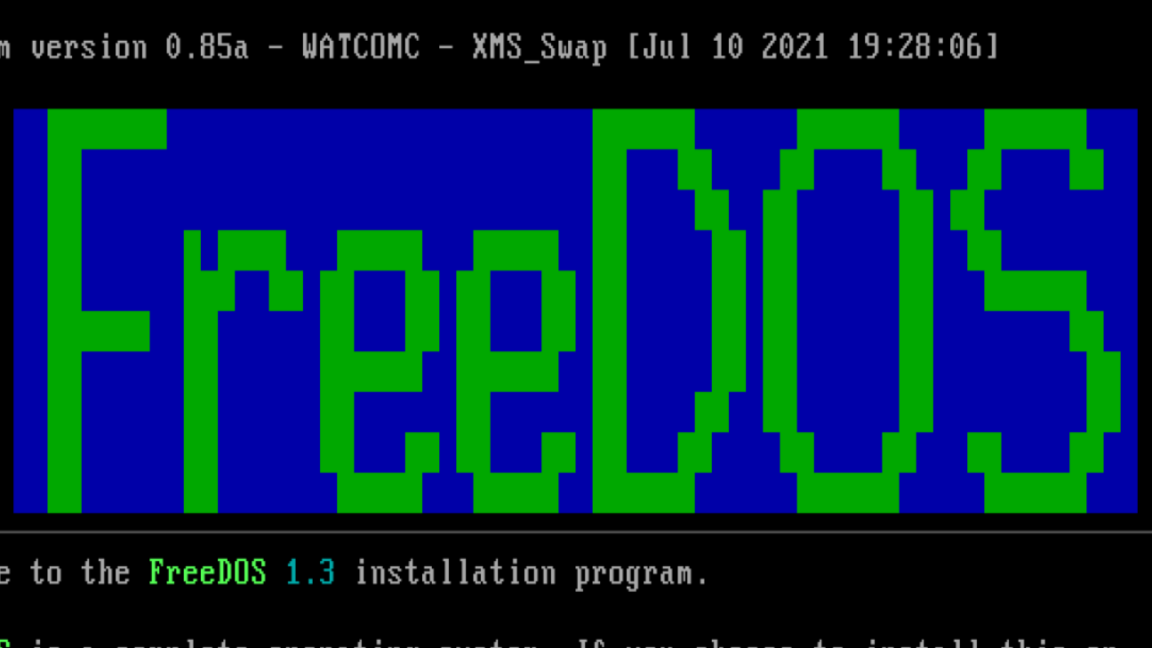PHP Security Audit Reveals and Patches Multiple Vulnerabilities

The PHP Foundation announces the completion of a comprehensive security audit of the PHP source code (php/php-src), commissioned by the Sovereign Tech Agency and conducted by Quarkslab. The two-month audit uncovered 27 issues, 17 of which had security implications, including four vulnerabilities assigned CVEs. These vulnerabilities have been addressed, and users are urged to upgrade to the latest PHP versions. The audit highlighted the overall high quality of the php/php-src project and underscores the PHP Foundation's commitment to enhancing PHP's security and reliability.











